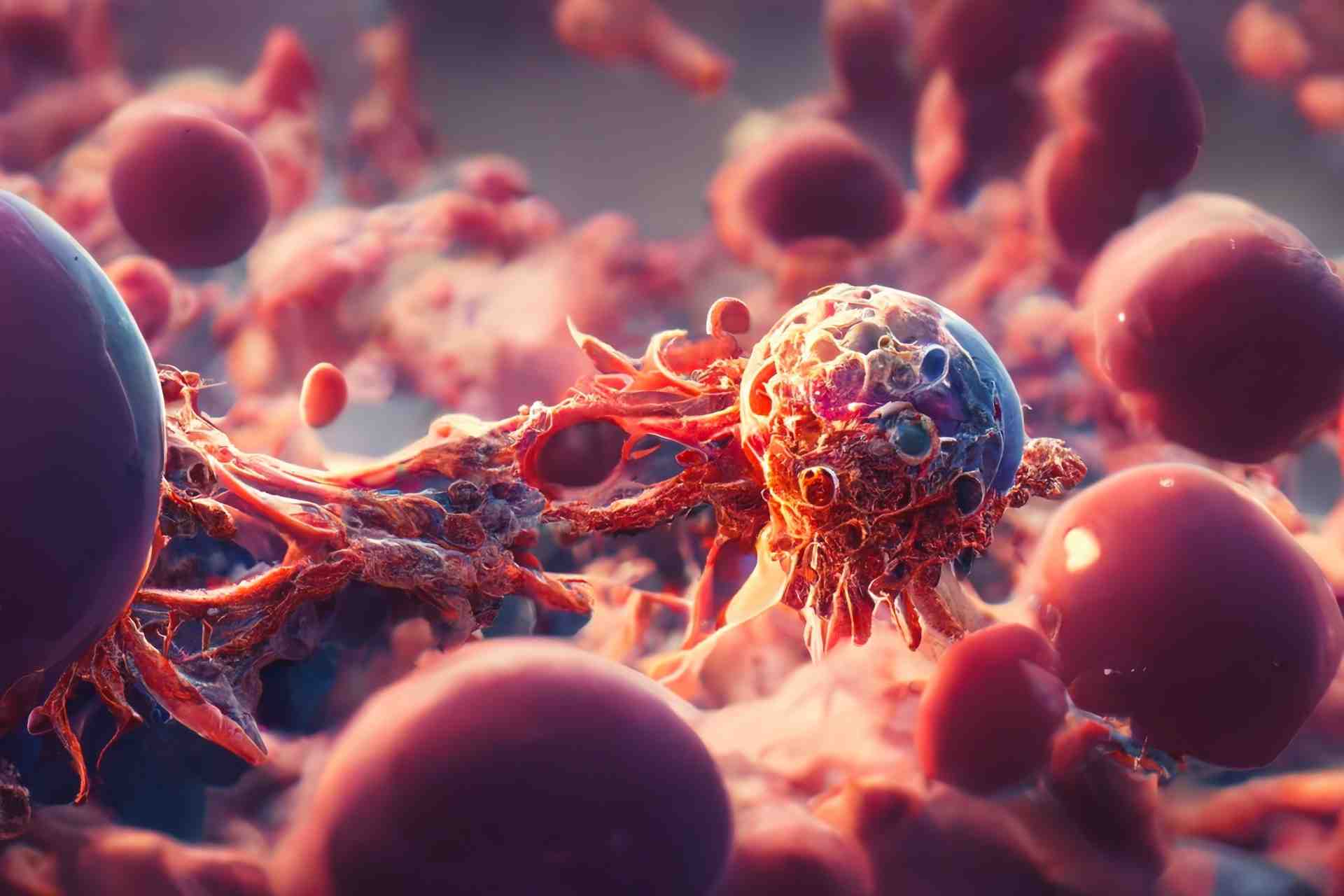What is already known
Several studies have described the bacterial communities that are associated with tumors. Fungi have also been found in tumors such as esophageal and pancreatic cancer, where they can contribute to carcinogenesis. However, their identity and effects in most cancer types are unknown.
What this research adds
Two teams of researchers analyzed different cancer types and found that each has distinct single-celled fungi. One study analyzed the fungal communities, or mycobiomes, of more than 17,000 patients across 35 cancer types, and found that fungi were present at low levels in tumors, but they were linked to a person’s survival and response to immunotherapy. The researchers also identified a signature of 20 fungi that could tell healthy people from those with cancer. The second study, which analyzed about 1,500 tumor samples available in The Cancer Genome Atlas, found that Candida fungi tend to be associated with gastrointestinal tumors, a higher rate of metastasis and lower survival rates.
Conclusions
The findings provide evidence that there may be fungi within tumors and could also help to diagnose certain types of cancer or predicting their course.
Several studies have described the bacterial communities that are associated with tumors, but cancer-associated fungi haven’t received the same attention. Now, two studies reveal that fungi may present in various types of cancer.
The studies, both published in Cell, could also help to diagnose certain types of cancer or predicting their course.
“The existence of fungi in most human cancers is both a surprise and to be expected,” says Rob Knight at the University of California, San Diego, who is a co-senior author on one of the studies. “It is surprising because we don’t know how fungi could get into tumors throughout the body. But it is also expected because it fits the pattern of healthy microbiomes throughout the body, including the gut, mouth and skin, where bacteria and fungi interact as part of a complex community.”
Fungi have also been found in tumors such as esophageal and pancreatic cancer, where they can contribute to carcinogenesis. However, their identity and effects in most cancer types are unknown.
Knight’s team and a group of researchers led by Anders Dohlman and Iliyan Iliev at Cornell University analyzed the fungal communities, or mycobiomes, of thousands of cancer patients.
Tumor fungi
The study led by Knight analyzed the fungi linked to cancers in 17,401 samples of patient tissues, blood and plasma across 35 types of cancer. The researchers found fungal DNA and cells in low abundances across many cancers, with differences among cancer types.
For example, the researchers found Cladosporium fungi to be enriched in breast tumors of people older than 50 years, whereas Aspergillus and Agaricomycetes appeared to be common in lung cancer.
Fungi also appeared to be linked to a person’s survival and response to immunotherapy. In ovarian cancer, people with Phaeosphaeria fungi within tumors survived without cancer progression for a shorter period of time than those without cancer-associated Phaeosphaeria. Cladosporium fungi were instead enriched in people who did not respond to immunotherapy, the researchers found.
The team also identified a signature of 20 fungi that could tell healthy people from those with cancer.
Translational opportunities
The study led by Dohlman and Iliev analyzed about 1,500 tumor samples available in The Cancer Genome Atlas, a cancer genomics program that characterized more than 20,000 cancer samples and matched normal samples across 33 cancer types.
The researchers found that gastrointestinal, lung and breast tumors contain Candida, Blastomyces and Malassezia fungi, respectively. Higher levels of Candida tended to be associated with gastrointestinal tumors. Candida fungi were also linked to a higher rate of metastasis and lower survival rates.
More work is needed to establish whether fungi are just associated with tumors or whether they actively contribute to cancer. Regardless, the findings may offer translational opportunities, says study co-author Gregory Sepich-Poore, “not only in cancer detection, but also in other biotech applications related to drug development, cancer evolution, minimal residual disease, relapse and companion diagnostics.”











